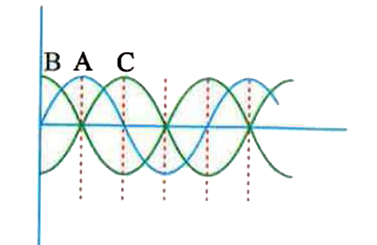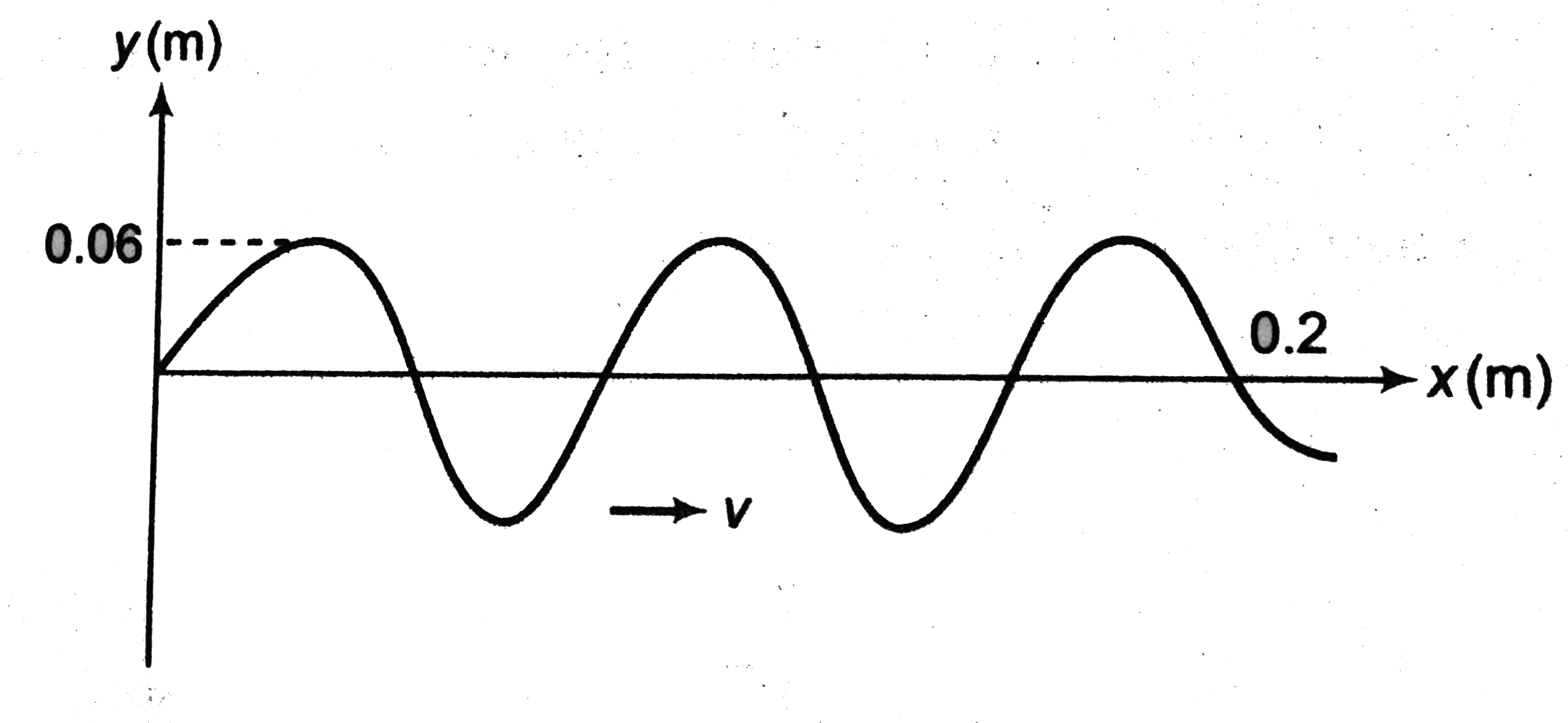A plane progressive wave is shown in the adjoining phase diagram. The wave equation of this wave, if its position is shown at t=0 ,is -
Step by step video & image solution for A plane progressive wave is shown in the adjoining phase diagram. The wave equation of this wave, if its position is shown at t=0 ,is - by Physics experts to help you in doubts & scoring excellent marks in Class 11 exams.
Similar Questions
Knowledge Check
- Question 1 - Select One
A plane progressive wave propagating along positive x-axis is
Ay=Asin(ωt+kx)By=Asin(ωt−kx)Cy=Asin(ωt−ky)Dy=Asinωtsinkx - Question 2 - Select One
A plane progressive wave cannot be represented by
Ay=asin(ωt±kx)By=asin2π(tT−+xλ)Cy=asin.2πλ(Vt−+x)Dy=Alogx+Blogx - Question 3 - Select One
Three progressive waves A,B,C are shown in the figure

With respect to A, the progressive waveAB lags by π2 and C leads by π2BB lags by π and C leads by πCB leads by π2 and C lags by π2DB leads by π and C lags by π
A progressive and a stationary simple harmonic wave each has the same frequency of250 Hz, and the same velocity of30 m/s. Calculat
(0 the phase difference between two vibrating points on the progressive wave which are 10 cm apart,
(ii) the equation of motion of the progressive wave if its amplitude is 0.03 m
(iii) the distance between nodes in the stationary wave
(iv) the equation ofmotion, the stationarywave if its amplitude is 0.01 m.View SolutionWhich of the following represents progressive wave equation
View SolutionOf the following, the equation of progressive wave is
View SolutionA plane progressive wave is represented by the equation y=0.25cos(2πt−2πx) The equation of a wave is with double the amplitude and half frequency but travelling in the opposite direction will be :-
View Solutionin a sine wave ,positive of different particles at time t=0 is shown in figure. The equation for this wave if it is travelling along positive x -axis can be
 View Solution
View Solution

